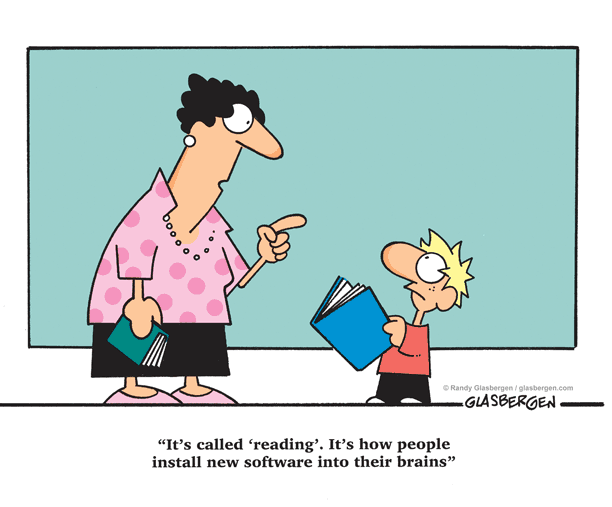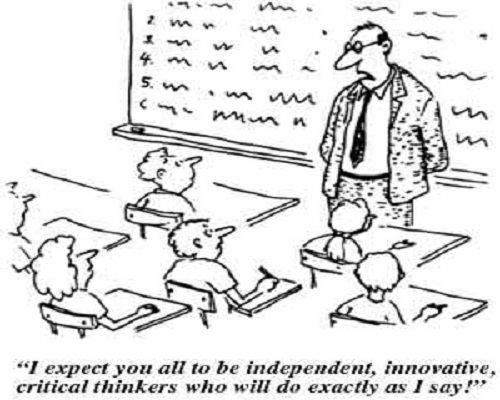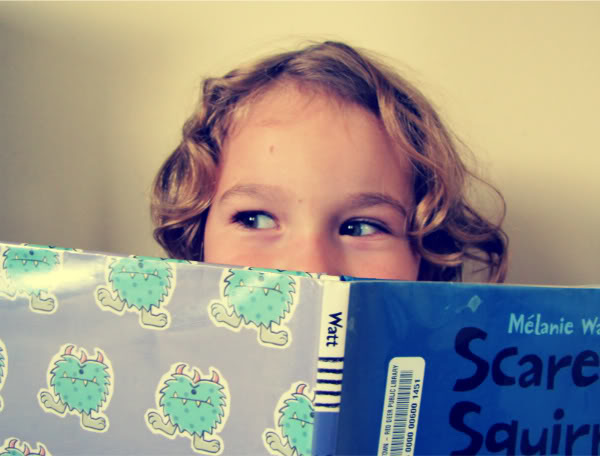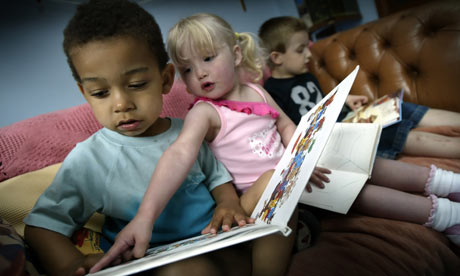Laura Bush said it best when she noted that, “Libraries allow children to ask questions about the world and find the answers. And the wonderful thing is that once a child learns to use a library, the doors to learning are always open.” We all know that reading is essential for education, but do you know why? Some of the many benefits of reading with children include speech and language development and improving listening skills. Exposure to various experiences, emotional development, and improved cognitive function are some of the other perks. Your child will learn new sounds and the rules of language just by listening to you read. And besides, reading with children is fun! It’s an opportunity to share a special time with your child and to watch the joy on his face as he hears his favorite story.
Apps for Phonics
Language DevelopmentTimes are tough these days, economically speaking, and many families are even tapping into their retirement savings to pay for debts and day-to-day living expenses. Families of children with special needs are hit even harder; speech therapy isn’t cheap. Fortunately, speech therapy activities at home don’t have to cost you an arm and a leg. There are plenty of low-cost methods of teaching your child phonics, for example. (Speech Buddies are also cost-effective – after the initial investment, you’ll have countless speech therapy lessons in one simple tool.) If you’re not certain about what phonics actually is, or about its importance in speech and language development, check out our post from last week. And then mosey back over to our recommended apps for teaching phonics, listed below. You can also check out a whole bunch of useful speech therapy apps at SpecialNeeds.com.
Development Chart: Speech and Language from 3rd – 5th Grade
Language DevelopmentAs a parent, it’s all too easy to catch yourself comparing your child to other children. “My daughter is much more mature than her friends… If only my son were more interested in sports…” And if your kidling is younger, you’ll likely compare him to charts. You’ll compare his height to growth charts and his cognitive abilities to a development chart. A development chart can be useful for tracking your child’s speech and language development.
However, it’s important to avoid overreacting if your child appears to be lagging a bit behind for his peer group. Every child is unique. Being a little behind the targets on the development chart does not automatically mean that your child has a speech disorder or delay. However, it’s always best to schedule an evaluation by a speech-language pathologist (SLP) to be on the safe side. If your child does need a little extra help, he’ll benefit the most from speech therapy earlier rather than later. There are many speech therapy techniques that can help your child, such as Speech Buddies for articulation practice.
Seasonal Allergies and Speech Issues
Language DevelopmentRagweed, goldenrod, and mold – oh my! It’s fall time again, and that means that those of you with allergies will be stocking up on tissues and cleaning out the air purifiers. If your child has allergies, be on the alert for any issues that might affect his speech and language development. You might not think that seasonal allergies have anything to do with speech and language (besides a hoarse voice), but they can severely impact your child’s development.
Development Chart: What Your Child Should Know
Language DevelopmentParents of young children are often surrounded by charts. Growth charts that measure height, developmental milestone charts, child speech development charts, and charts full of advice on feeding your family healthy foods. Sometimes it’s a little overwhelming. What if your child isn’t reaching his milestones? Does this automatically mean there is a problem?
Not at all. Avoid hitting the panic button. Remind yourself that every child progresses at his own rate. However, it never hurts to have him evaluated by a speech-language pathologist (SLP) just in case he might have a speech disorder or delay. It’s a good idea to periodically evaluate your child’s progress with the help of a development chart. You can also ask your child’s teacher for observations about his speech and language development, as well as his progress in other critical areas, such as social development.
Learning the Alphabet with Apps
Language DevelopmentThe back-to-school season is a great time of year to reassess your child’s progress and evaluate whether he is reaching his developmental milestones. If your little one is heading for kindergarten soon, help him get ready by introducing the alphabet. Children can begin to recognize letters around the age of two, but they are unlikely to master the alphabet for a couple of years.
As well, remember that all children progress at different rates. Ignore the mom in your child’s play group who brags about how she’s already looking into medical schools for her two-year-old. However, if you do believe that your little one might be falling behind in his developmental milestones, it never hurts to have him evaluated by a speech-language pathologist (SLP) for a possible speech and language disorder. You can also look into the resources in Speech Buddies University for parents. And in the meantime, help your child prepare for his academic career by focusing on the basics: the alphabet. Here are some alphabet apps that can help you and your child prep for school.
More Sight Words Apps
Language DevelopmentAs your child heads back to school this year, do your own homework to help keep him on the right track. Network with other parents and teachers at the Open House night and at parent-teacher conferences. Talk to his speech therapist about his progress and what you can do to help him at home. Beginning readers benefit from regular reading at home. As you read with your child, make a note of the words that he typically struggles with. Many of them are likely sight words, also called Dolch words. Sight words are the most frequently used words in English texts, but unfortunately, they can also be tricky for beginning readers to master. This is because many of them cannot be sounded out or visually illustrated. Your child must learn them “on sight.” Here are some apps that can help your beginning reader master sight words, accelerate his language development, and enhance his progress in school this year.
Apps for Beginning Readers
Language DevelopmentDespite technology having taken over the world, books are undoubtedly the foundation of education. Your child can be inspired by a book about a ballet dancer’s hard work to perfect her craft. Or he could broaden his horizons with a book about conservation efforts in the National Park Services. But it takes a lot of hard work and effort for your child to learn how to read in the first place. And children with a speech or language disorder may need a little extra help. So despite books being the gold standard of education, your child’s efforts to learn to read might benefit from a boost from technology. This back-to-school season, help your child get ready for school with some kid-friendly apps for beginning readers. Encouraging reading as a regular habit early in life can not only bolster his speech and language development, but also accelerate his academic progress.
Apps for Baby Sign Language
Language DevelopmentSpeech-language pathologists (SLPs) agree that maintaining a constant flow of conversation around young children can help encourage the development of speech and language. But what about nonverbal language? If you’re the parent of an infant, it can be frustrating to try to discern what your baby wants when he cries. Using nonverbal communication cues like baby sign language can reduce frustration for both you and your baby. It can also encourage speech and language development. Baby sign language isn’t just for babies, either. If you have an older child who is nonverbal or who has limited speech, sign language can help him express his needs and wants. As a bonus, it’s inexpensive to learn how to sign. Even as your other household bills are soaring, you can learn sign language for the low cost of an instructional app.
A Quick Primer on the Mechanics of Speech
Language DevelopmentWhen you use Speech Buddies, your child learns the correct positioning of the tongue for each sound. It provides tactile feedback to improve articulation. But how much do you really know about the mechanics of speech? Sure, the lungs expel air, the tongue moves, and there’s also a larynx in there somewhere, but there’s a lot more to speech production than you might realize. Here’s a quick primer in the production of speech and the parts of the body involved in the process.










